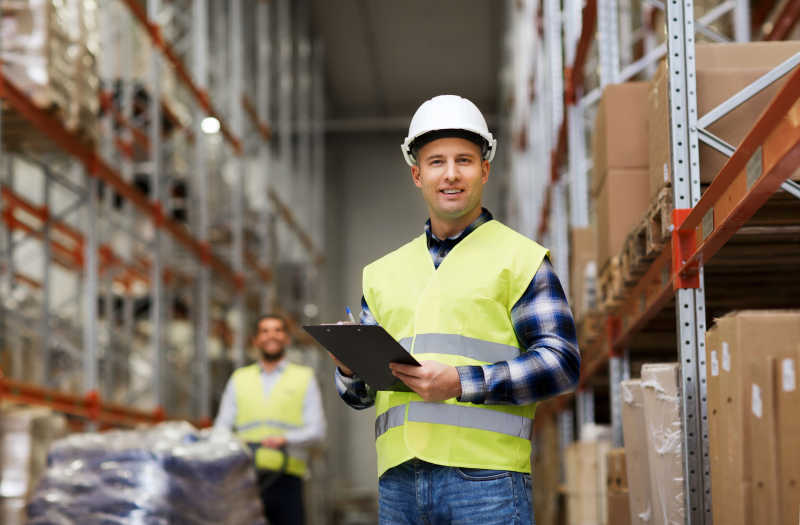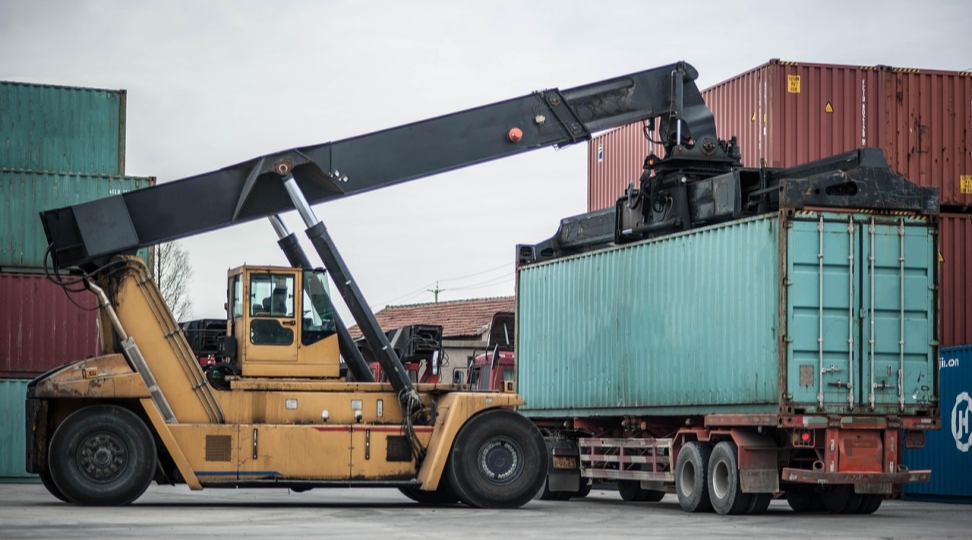في سياق التجارة العالمية، يُعدّ التخليص الجمركي الفعّال أمرًا بالغ الأهمية للشركات العاملة في مجال النقل البري الدولي، وخاصةً بين الصين ودول مثل روسيا وبيلاروسيا. ويضمن فهم الإجراءات الجمركية التسليم في الوقت المحدد والامتثال للأنظمة الدولية.
الامتثال التنظيمي: ضمان الالتزام بالمتطلبات القانونية لكل من البلدان المصدرة والمستوردة، مما يقلل من خطر الغرامات أو تأخير الشحن.
الكفاءة التشغيلية: تسهل العمليات الجمركية المبسطة أوقات العبور بشكل أسرع، مما يعزز موثوقية سلسلة التوريد.
إدارة التكاليف: إن التصنيف والتقييم الصحيح للسلع يمكن أن يؤدي إلى تقييم دقيق للرسوم الجمركية، مما يمنع النفقات غير المتوقعة.
أ. إعداد الوثائق
فاتورة تجارية: وصف تفصيلي للسلع، بما في ذلك الكميات، وأسعار الوحدات، والقيمة الإجمالية.
قائمة التعبئة: معلومات حول تفاصيل التغليف والأبعاد والوزن للمساعدة في التفتيش والمناولة.
بوليصة الشحن: إثبات العقد بين الشاحن والناقل، والذي يوضح شروط النقل.
شهادة المنشأ: يشير إلى البلد الذي تم تصنيع البضائع فيه، والذي يمكن أن يؤثر على معدلات الرسوم الجمركية.
رخص الاستيراد والتصدير: التصاريح اللازمة للسلع المحددة الخاضعة لضوابط تنظيمية.
شهادة التأمين: يوفر تفاصيل التغطية للبضائع أثناء النقل، ويحميها من الخسائر المحتملة.

ب. الإقرار الجمركي
التقديم الإلكتروني: استخدام أنظمة تبادل البيانات الإلكترونية (EDI) لتقديم الإقرارات الجمركية، مما يقلل من أوقات المعالجة والأخطاء.
تصنيف التعريفة الجمركية: التعيين الدقيق لرموز النظام المنسق للسلع لتحديد الرسوم والضرائب المطبقة.
تقرير التقييم: - إعلان قيمة الصفقة، بما في ذلك أي تكاليف إضافية مثل الشحن أو التأمين، حسبما تطلبه السلطات الجمركية.
ج. التفتيش الجمركي
مراجعة الفيلم الوثائقي: فحص الوثائق المقدمة للتأكد من دقتها واكتمالها.
التفتيش المادي: الفحص المادي للبضائع للتأكد من مطابقتها للمعلومات المعلنة والتحقق من وجود مواد محظورة.
تقييم المخاطر: قد تستخدم الجمارك تقنيات إدارة المخاطر لاختيار الشحنات للتفتيش بناءً على عوامل مثل المنشأ ونوع البضائع وسجل الامتثال.
د. دفع الرسوم والضرائب
حساب الرسوم: بناءً على القيمة الجمركية وتصنيف وأصل البضائع.
طرق الدفع: قد تشمل الخيارات المختلفة الدفع المباشر، أو حسابات الدفع المؤجل، أو السندات الجمركية، وذلك اعتمادًا على لوائح البلد.
التدقيق بعد التخليص: قد تقوم بعض البلدان بإجراء عمليات تدقيق بعد التخليص للتأكد من الامتثال ودقة الإقرارات.
هـ. الإصدار والتسليم
الإفراج الجمركي: بمجرد سداد الرسوم والضرائب، واستيفاء جميع المتطلبات، ستقوم الجمارك بإطلاق سراح البضائع.
النقل إلى الوجهة النهائية: الترتيبات الخاصة بنقل البضائع من المنشأة الجمركية إلى المرسل إليه، والتي قد تنطوي على شركات نقل محلية أو خدمات توصيل.
الاستعانة بوكلاء جمركيين ذوي خبرة: يمكن للمحترفين الذين لديهم دراية باللوائح الجمركية في كل من الصين وبلدان الوجهة التنقل عبر الإجراءات المعقدة بفعالية.
الحفاظ على توثيق دقيق وكامل: يضمن المعالجة السريعة ويقلل من احتمالية التأخير أو النزاعات.
ابق على اطلاع بالتغييرات التنظيمية: يمكن أن تتغير قوانين الجمارك والتعريفات الجمركية؛ لذا فإن البقاء على اطلاع دائم يساعد في توقع المتطلبات الجديدة والتكيف معها.
استخدم التكنولوجيا: استخدم برامج إدارة الجمارك لأتمتة العمليات وتتبع الشحنات وإدارة الوثائق بكفاءة.
خطة للطوارئ: توقع التأخيرات المحتملة، مثل عمليات التفتيش أو انقطاع النظام، وتأكد من وجود استراتيجيات جاهزة لمعالجتها.

الاختلافات التنظيمية: تتمتع كل دولة بمجموعة خاصة من اللوائح الجمركية، والتي قد تكون معقدة ومتضاربة في بعض الأحيان.
الحواجز اللغوية: قد تتم عملية التوثيق والتواصل بلغات مختلفة، مما يزيد من خطر سوء الفهم.
تباين البنية التحتية: يمكن أن تؤثر الاختلافات في جودة البنية التحتية على أوقات النقل وموثوقيته.
العوامل السياسية والاقتصادية: يمكن أن تؤدي التغييرات في العلاقات السياسية أو السياسات الاقتصادية إلى تغييرات مفاجئة في الإجراءات الجمركية أو التعريفات الجمركية.
يتطلب اجتياز عملية التخليص الجمركي في النقل البري الدولي عناية فائقة بالتفاصيل، وفهمًا دقيقًا لمختلف اللوائح، وإدارةً استباقية. بالنسبة للشركات العاملة بين الصين وروسيا وبيلاروسيا، فإن الشراكة مع مقدمي الخدمات اللوجستية وخبراء الجمارك ذوي الخبرة تُحسّن الكفاءة بشكل كبير، وتُقلل المخاطر، وتضمن الامتثال لجميع المتطلبات التنظيمية.